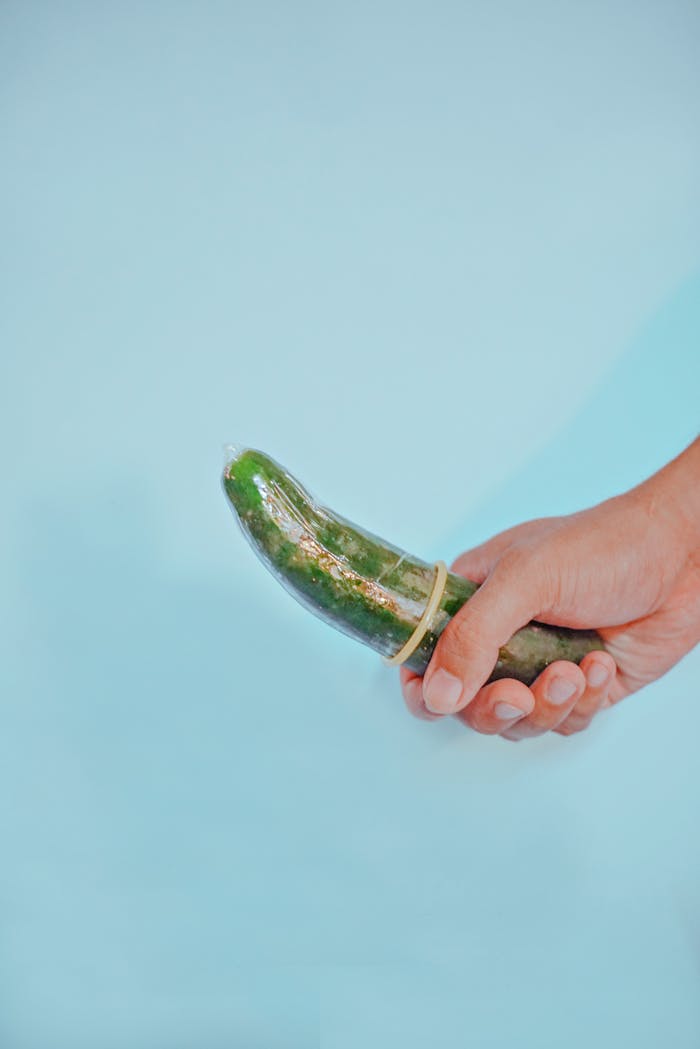🧠 Introduction: Not Just the “Other” Part
When we talk about male anatomy, the penis usually takes center stage — but the testicles (or testes) play an equally crucial role. These small, oval organs are much more than sperm factories. They are the hormonal engines behind male identity, fertility, muscle mass, mood, and libido.
In this article, we’ll break down the real function of the testicles, their role in testosterone production, how they affect your sexual and overall health, and when you should be concerned about changes in size, shape, or function.
Whether you’re here to learn about hormones or just want to take better care of your “boys,” we’ve got you covered.
🧬 What Are Testicles, Really?
The testicles are two egg-shaped glands located in the scrotum, just below the penis. Each one is typically about 4–5 cm long and weighs around 15–25 grams.
Main Functions of the Testicles:
- Sperm Production (Spermatogenesis)
- Testosterone Production
Let’s break that down.
🧫 Sperm Production: Your Reproductive Factory
Inside each testicle are seminiferous tubules — coiled tubes where sperm cells are produced. The process of sperm production is complex and takes about 64 days from start to finish.
Every day, a healthy pair of testicles produces millions of sperm, which are stored in the epididymis (a small, curved tube on the back of each testicle) until ejaculation.
This is why testicular health directly impacts fertility — infections, injuries, or medical conditions affecting the testes can lead to low sperm count or infertility.
💪 Testosterone: The Master Male Hormone
Testosterone is the primary androgen (male sex hormone), produced mainly in the testicles by Leydig cells.
What Does Testosterone Do?
- Builds muscle mass
- Increases bone density
- Drives libido (sex drive)
- Supports sperm production
- Influences mood and confidence
- Regulates body fat
- Promotes facial/body hair growth
- Deepens the voice during puberty
Testosterone is literally what makes male development male. Low levels can lead to a condition called hypogonadism, which causes fatigue, low libido, erectile dysfunction, mood changes, and even loss of muscle mass.
🔢 What’s Normal: Testicle Size, Shape, and Sensation
There’s a huge range of what’s “normal” when it comes to your testicles.
✅ Normal Characteristics
- One testicle hanging lower: Usually the left one hangs lower to avoid compression.
- Slight size difference: A small size difference is completely normal.
- Oval shape: They’re usually oval, firm, and smooth.
- Sensitive but not painful: They should be sensitive to touch, but not painful.
📏 Average Size
- Length: 4–5 cm
- Width: 2.5 cm
- Volume: 12–25 mL
🧪 Testosterone Levels: What’s Healthy?
Testosterone levels are usually measured via blood test. The normal range is:
- 300 to 1,000 ng/dL (nanograms per deciliter)
Levels vary throughout the day — they’re highest in the morning and lowest in the evening. That’s why morning erections and energy levels are a good sign of healthy testosterone.
🧠 Low Testosterone (Low T): Signs and Symptoms
Low testosterone is more common than people think — especially after the age of 30, when levels naturally decline about 1% per year.
⚠️ Signs of Low T:
- Low libido
- Fatigue
- Erectile dysfunction
- Loss of muscle
- Depression or irritability
- Difficulty concentrating
- Increased body fat
- Reduced testicle size
- Loss of facial or body hair
Low T can result from:
- Aging
- Testicular injury
- Chemotherapy
- Hormonal disorders
- Anabolic steroid use
- Chronic illness
🩺 What Causes Testicle Problems?
🟠 1. Injury or Trauma
A direct hit can cause intense pain, swelling, and even rupture in severe cases. Wear protective gear for sports.
🟠 2. Varicocele
An enlargement of veins inside the scrotum. It may feel like a “bag of worms” and can affect fertility.
🟠 3. Epididymitis
Inflammation of the epididymis, often caused by STIs or urinary tract infections.
🟠 4. Orchitis
Inflammation of the testicle, sometimes due to mumps or viral infections.
🟠 5. Hydrocele
Fluid buildup around the testicle — often painless but may cause swelling.
🟠 6. Testicular Torsion
A medical emergency where the spermatic cord twists, cutting off blood supply. Sudden, severe pain and swelling — needs surgery within hours to save the testicle.
🟠 7. Testicular Cancer
Most common in men ages 15 to 35. Usually presents as a painless lump or swelling.
🧴 How to Care for Your Testicles
Keeping your testicles healthy doesn’t require much — just awareness, hygiene, and regular checks.
✅ Daily Care Tips
- Shower daily and gently wash your scrotum with warm water.
- Wear supportive underwear during physical activity.
- Avoid excessive heat (e.g., hot tubs, saunas).
- Don’t keep laptops on your lap for long periods.
- Don’t use steroids — they can shrink your testicles and crash testosterone.
🖐️ Self-Exam: Catch Problems Early
A monthly testicular self-exam is simple and life-saving. Do it after a warm shower when the scrotum is relaxed.
How to Perform:
- Gently hold one testicle between your thumbs and fingers.
- Roll it — feel for any lumps, swelling, or changes in texture.
- Repeat with the other testicle.
What to look for:
- Hard lumps
- Size changes
- Swelling
- Pain or tenderness
If anything feels off, see a doctor immediately — don’t wait.
🧬 Fertility, Testosterone, and Lifestyle
Testicular and hormonal health is deeply affected by how you live.
🟢 Boost Testicle and T Health:
- Exercise regularly (especially strength training)
- Get 7–9 hours of sleep
- Eat zinc-rich foods (oysters, nuts, seeds)
- Manage stress (high cortisol lowers testosterone)
- Keep testicles cool (tight pants and heat reduce sperm count)
- Limit alcohol
- Quit smoking and drugs
🔴 Avoid:
- Anabolic steroids
- Poor sleep
- Sugar-heavy diets
- Chronic stress
- Untreated infections
💊 Testosterone Replacement Therapy (TRT)
When testosterone drops too low and causes symptoms, doctors may prescribe TRT.
Forms of TRT:
- Gels or creams (applied daily)
- Injections (every 1–2 weeks)
- Patches
- Pellets implanted under the skin
Important: TRT is only for men with clinically low testosterone and symptoms. It can cause side effects like acne, mood swings, or reduced sperm production.
🧑⚕️ When to See a Doctor
Seek medical help if you experience:
- Sudden or severe testicle pain
- Lumps or swelling
- Persistent low libido or fatigue
- Trouble building muscle
- Loss of body hair
- Fertility issues
- Depression or emotional instability
A urologist or endocrinologist can run tests and offer personalized care.
📌 Final Thoughts: Respect the Power Within
Your testicles are more than just “down there.” They are central to your manhood, health, confidence, fertility, and strength.
Caring for them is not about vanity — it’s about understanding how your body works, noticing changes early, and seeking help when needed.
At Penis Life Matter, we believe this kind of education turns embarrassment into empowerment. When you know your body, you can protect it, celebrate it, and live fully in it



